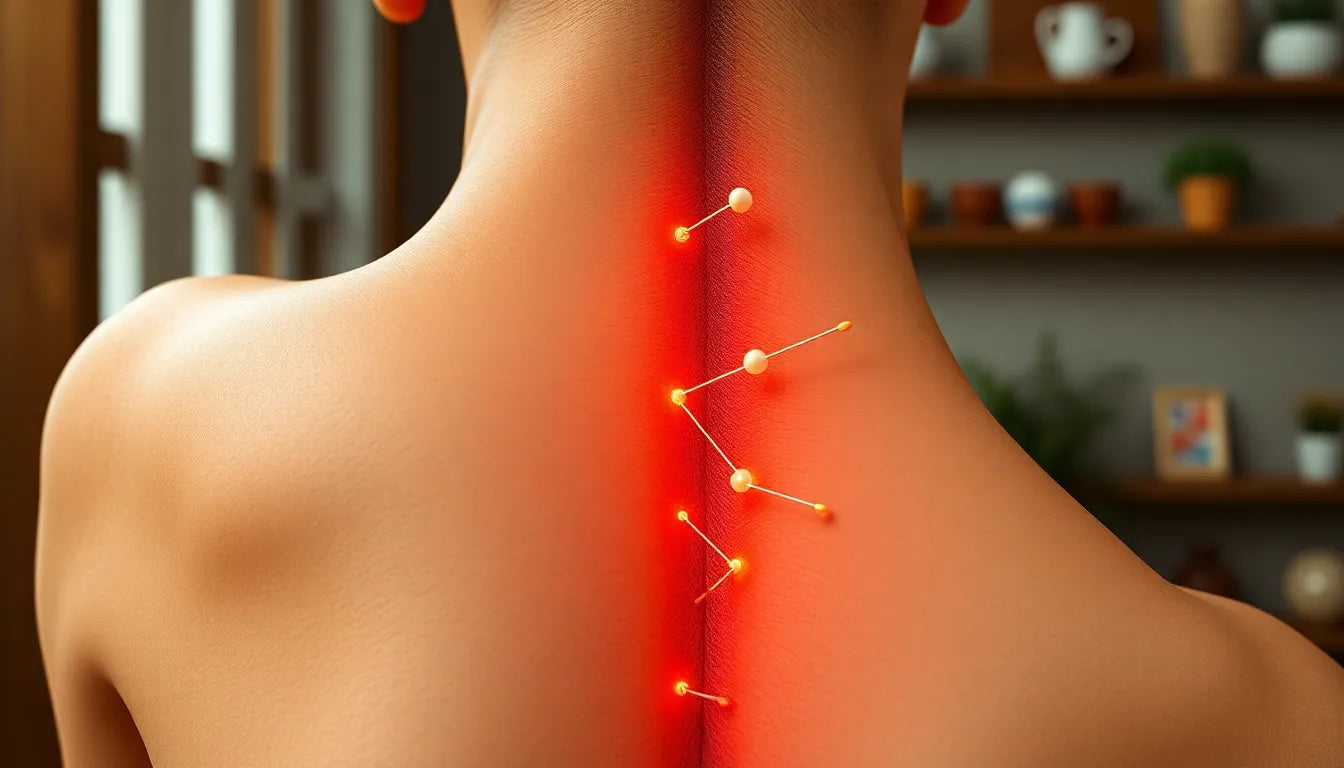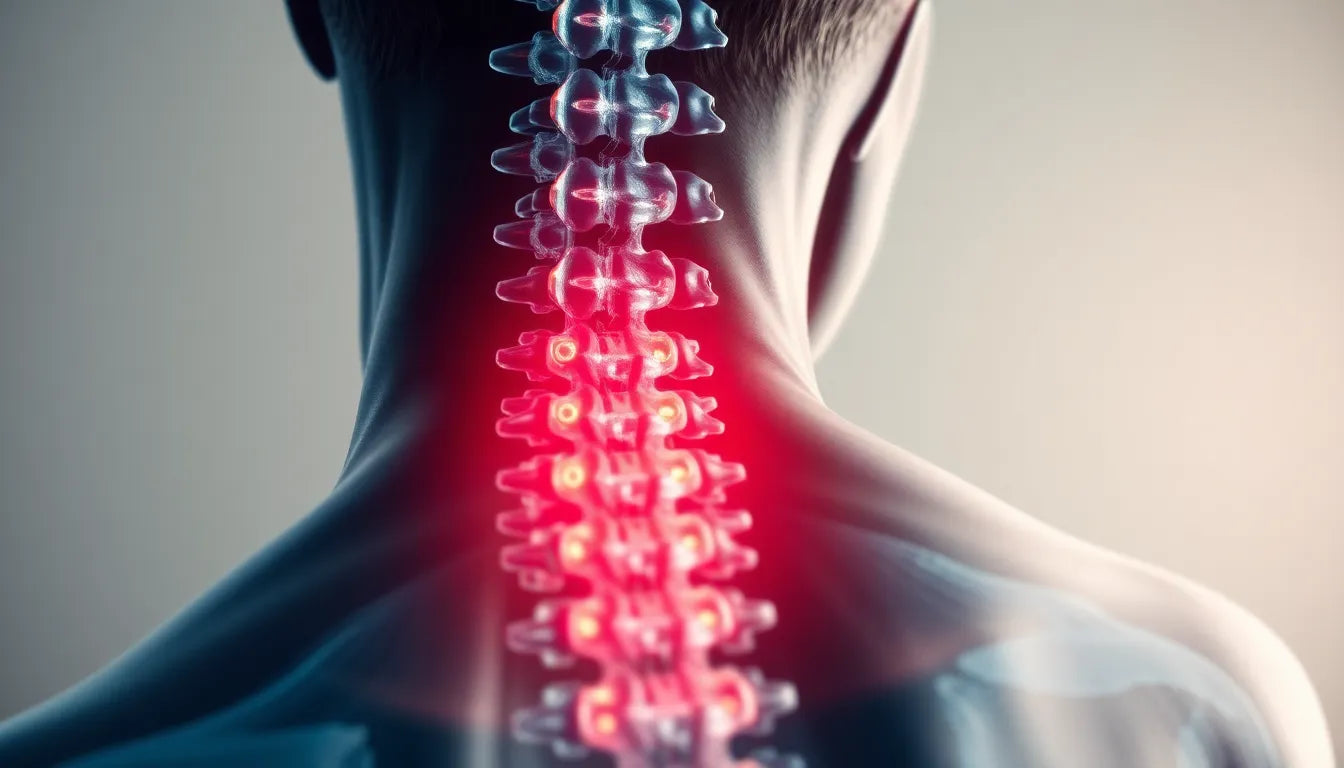Living with a herniated disc in the lower back can be a challenging experience, impacting your daily routine and overall quality of life. A herniated disc occurs when the soft center of a spinal disc pushes through a crack in the tougher exterior casing. This condition often affects the lower back, leading to pain, numbness, or weakness in an arm or leg. Understanding this condition is crucial for managing symptoms and embarking on a successful rehabilitation journey.
Common symptoms of a herniated disc in the lower back include sharp or burning pain, tingling sensations, and muscle weakness. These symptoms can vary in intensity, sometimes making simple tasks like walking or sitting uncomfortable. Individuals with this condition often face challenges that can disrupt their daily activities, leading to frustration and a decreased quality of life.
importance of rehabilitation in recovering from a herniated disc
Rehabilitation plays a vital role in recovering from a herniated disc. It not only aims to alleviate pain but also focuses on improving mobility and preventing future injuries. Through a structured rehabilitation process, individuals can regain control over their bodies and enhance their quality of life. This process typically involves a combination of physical therapy, individualized exercise programs, and lifestyle modifications tailored to the individual's needs.
the journey to recovery
The journey to recovery from a herniated disc in the lower back is a comprehensive process that focuses on several key goals: reducing pain, improving mobility, and preventing future injuries. Rehabilitation is not a one-size-fits-all solution; it requires a personalized approach that considers the unique needs and circumstances of each individual. The good news is that many people can achieve significant improvements without resorting to surgery, empowering them to take charge of their recovery through self-management and proactive care.
Non-surgical recovery options are abundant and often effective. They include physical therapy, exercise, and alternative therapies such as acupuncture or chiropractic care. These methods emphasize the importance of self-management, encouraging individuals to actively participate in their rehabilitation journey. With the right guidance and commitment, it's possible to reclaim your life and enjoy a pain-free existence once again.
In conclusion, understanding the nature of a herniated disc and the importance of rehabilitation is the first step towards recovery. By embracing a structured rehabilitation plan that focuses on pain reduction, mobility improvement, and prevention of future injuries, individuals can overcome the challenges posed by this condition and reclaim their lives. The journey to recovery is a personal one, but with the right support and mindset, it is entirely achievable.
physical therapy and individualized exercise programs
One of the most effective ways to rehabilitate a herniated disc in the lower back is through physical therapy and a tailored exercise program. According to Choose PT, personalized rehabilitation plans are crucial in addressing the specific needs of each individual. These plans focus on exercises that strengthen the muscles supporting the spine, improve posture, and enhance flexibility.
Posture correction and movement education are integral components of these programs. By learning how to move correctly and maintain proper posture, individuals can reduce the strain on their lower back and prevent further injury. Gradual progression in exercise intensity and complexity is also emphasized, allowing the body to adapt and strengthen over time.
Specific exercises that have shown to be beneficial include aquatic therapy, which reduces the impact on the spine while providing resistance for muscle strengthening. Weight training and walking programs are also recommended to build endurance and improve overall fitness. These exercises not only aid in recovery but also empower individuals to take control of their rehabilitation journey.
alternative and complementary therapies
Incorporating alternative and complementary therapies can enhance the rehabilitation process for those with a herniated disc in the lower back. The Mayo Clinic suggests a balanced approach that includes chiropractic care, acupuncture, and spinal manipulation. These therapies can be particularly effective for individuals experiencing persistent back pain.
Chiropractic adjustments aim to improve spinal alignment and alleviate pressure on the affected disc, while acupuncture can help reduce pain and inflammation by stimulating specific points on the body. Spinal manipulation, performed by a trained professional, can also provide relief by improving mobility and reducing tension.
Complementary therapies such as heat and cold applications, massage, and acupuncture serve as adjunct treatments that can further alleviate pain and discomfort. These therapies can be used alongside traditional rehabilitation methods to enhance overall recovery and well-being.
self-management and patient empowerment
Empowering patients to take an active role in their rehabilitation is a key aspect of successful recovery from a herniated disc in the lower back. The Prehab Guys emphasize the importance of active rehabilitation and self-directed care. By providing patients with the knowledge and tools they need, they can manage their condition more effectively and prevent future injuries.
Practical advice on safe exercises and movements to avoid is crucial for patients. Medical News Today highlights the importance of gentle stretching and safe exercise options, while also cautioning against activities that may exacerbate the condition, such as excessive twisting or bending.
Encouraging proactive patient involvement in their rehabilitation journey not only improves outcomes but also fosters a sense of control and confidence. By actively participating in their recovery, individuals can reclaim their lives and enjoy a pain-free existence once again.
In summary, the rehabilitation process for a herniated disc in the lower back involves a multifaceted approach that includes physical therapy, alternative therapies, and patient empowerment. By embracing these strategies, individuals can effectively manage their condition, reduce pain, and improve their quality of life. With the right guidance and commitment, recovery is not only possible but also empowering.
Holistic and multi-modal rehabilitation approaches
For individuals dealing with a herniated disc in the lower back, adopting a holistic and multi-modal rehabilitation approach can be particularly beneficial. Mainstay Medical emphasizes the importance of multifidus muscle strengthening, which plays a critical role in stabilizing the spine and alleviating low back pain. By focusing on targeted exercises, patients can enhance their core stability and support their recovery process.
Integrating complementary therapies into a comprehensive rehabilitation plan can further aid recovery. Techniques such as heat and cold applications, massage, and acupuncture provide additional pain relief and promote healing. These therapies, when combined with conventional rehabilitation methods, create a well-rounded approach that addresses both physical and mental aspects of recovery.
Patient empowerment remains a cornerstone of successful rehabilitation. With professional guidance, individuals are encouraged to take an active role in their recovery journey, making informed decisions and adopting practices that best suit their unique needs. This empowerment fosters a sense of control and confidence, essential for long-term success.
Conventional medical guidance and nonsurgical management
For those seeking nonsurgical management of a herniated disc in the lower back, conventional medical guidance offers a reliable approach. OrthoInfo recommends initial rest and activity modification to reduce strain on the affected area. The use of nonsteroidal anti-inflammatory drugs (NSAIDs) can help manage pain and inflammation during this period.
As symptoms improve, a gradual resumption of activities is advised to prevent re-injury. For cases where pain persists despite conservative measures, epidural steroid injections may be considered to provide temporary relief and facilitate participation in physical therapy.
Understanding the natural course of herniated discs is crucial, as many cases improve over time with appropriate management. By following a structured rehabilitation plan and adhering to medical advice, individuals can achieve significant improvements in their condition and quality of life.
Frequently asked questions
What are the most effective exercises for rehabilitating a herniated disc in the lower back?
Effective exercises for rehabilitating a herniated disc include those that are tailored to the individual's needs. Core strengthening exercises, such as planks and bridges, are beneficial. Aquatic therapy and walking programs also support recovery by improving strength and flexibility while minimizing strain on the spine.
Can I recover from a herniated disc without surgery?
Yes, many individuals recover from a herniated disc without surgery. Non-surgical therapies, including physical therapy, exercise, and complementary treatments like acupuncture, are effective in managing symptoms and facilitating recovery.
How long does it typically take to recover from a herniated disc?
The recovery timeline for a herniated disc varies depending on the severity of the condition and the individual's adherence to their rehabilitation plan. Generally, significant improvement can be seen within a few weeks to months with consistent treatment and lifestyle modifications.
What lifestyle modifications can aid in the rehabilitation of a herniated disc?
Adopting proper posture, using ergonomic furniture, and avoiding activities that exacerbate symptoms are key lifestyle modifications. Incorporating regular exercise and maintaining a healthy weight can also support recovery and prevent future issues.
When should I seek professional help for my herniated disc?
If you experience persistent pain, numbness, or weakness that interferes with daily activities, it is important to seek professional help. A healthcare provider can evaluate your condition and recommend appropriate treatments to aid your recovery.
Sources
- Choose PT. "Physical Therapy Guide to Herniated Disk."
- Mayo Clinic. "Herniated Disk: Diagnosis & Treatment."
- Medical News Today. "What to Know About Herniated Discs."
- The Prehab Guys. "Exercises for Disc Herniations: Manage Your Own Back Pain."
- Mainstay Medical. "Exercises for Herniated Disc in Lower Back."
- OrthoInfo - AAOS. "Herniated Disk in the Lower Back."


















